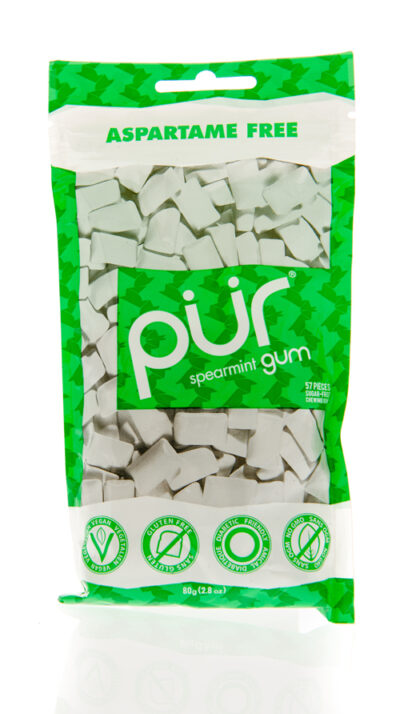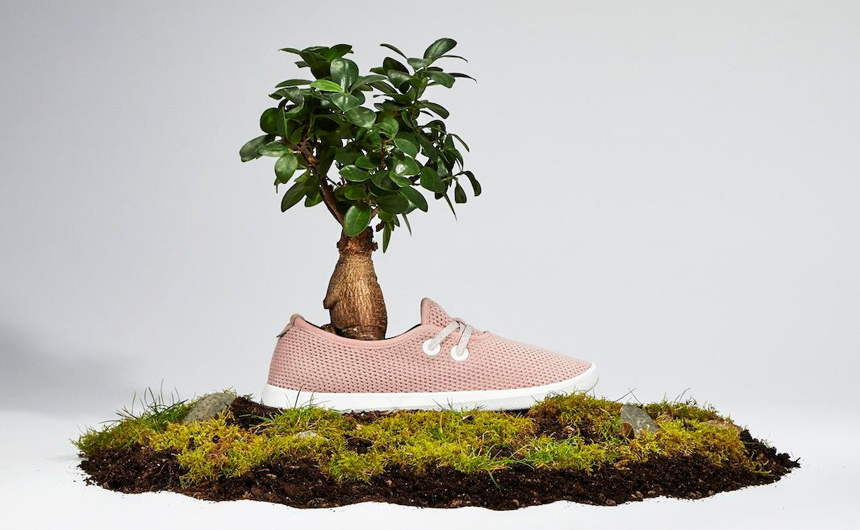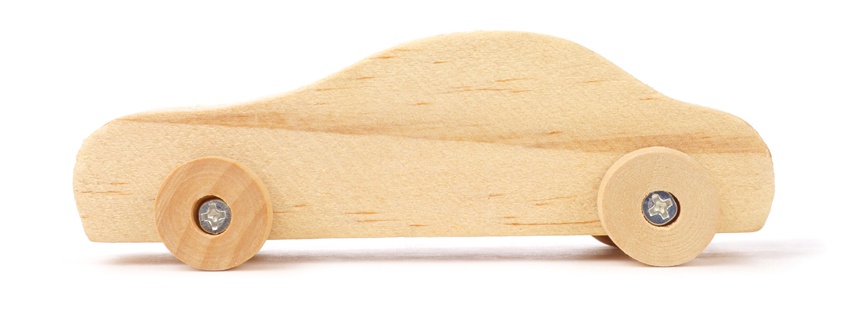In Shel Silverstein’s captivating book The Giving Tree, an apple tree loves a boy dearly. So much, in fact, that as the lad grows up, the tree gives him a gift on each visit: first its branches in which to play, and then its fruit, and later its very trunk. In the end it is a stump, perfect for a tired old man to rest upon in their final meeting.
I have yet to encounter any similar trees, but they do give us a stunning range of gifts, from the obvious like firewood and lumber to the unexpected such as tires and window panes. Just to review their better-known perks, trees in our landscape enhance property values while reducing energy costs. Having trees close by helps bolster mental and physical health. Even a view of trees out our window is linked to faster recovery from injury and illness as compared to folks who see only buildings outside. Forests take carbon dioxide out of the air and store it, while filtering out airborne pollution and neutralizing harmful gases.

Beyond these familiar blessings, or “ecosystem services,” as they’re called, we harvest trees and make them into some pretty cool stuff. For example, there’s a birch-based sweetener called xylitol that fights cavities and can actually reverse tooth decay. Xylitol-sweetened gum and candy is now endorsed by some professional dental associations, as well as the Mayo Clinic, and that’s saying something.
Trying to sell wooden running shoes sounds like a foolish idea, but it works for one California startup. Though footwear made of wood was heavy and bulky in the past, San Francisco-based Allbirds has been making soft, comfortable wood-fiber running shoes since 2014. The sneakers are said to be unusually light and cool.

But that’s a pedestrian use of wood compared to what tire-maker Michelin is rolling out. Apparently, this huge, modern business took a page from Fred Flintstone and will soon make wood-based tires. While Fred’s tires were tree trunks, Michelin’s new product will look and perform like conventional tires. Michelin engineers found a way to use paper-mill waste to make stretchy elastomer compounds to replace petroleum-derived rubber. I just hope carmakers don’t look to the Flintstones, who stopped the car with their feet, for a braking system design.
If you think wood-based rubber is a stretch, take a look at fully transparent window panes that come from trees. Researchers from the Universities of Maryland and Colorado teamed up with private industry to make wooden “glass.” It is about five times more thermally efficient than regular glass, in addition to being nearly shatter-proof. Plus, it uses less energy to make and is based on a renewable resource. The product is not yet commercially available, but when it hits the market, it will be the clear choice.

Researchers from the University of Maryland have also invented “super wood,” as they call it; equal in strength to steel, yet lighter than aluminum. The University’s research team says their low-cost product will rival steel and titanium alloys in construction uses, and they expect it to be used in cars and planes one day.
Some wood applications are truly out of this world: A wood product similar to that of the University of Maryland was used by scientists at Kyoto University to make the first-ever wooden satellites. The team aims to have the first one orbiting the Earth by late 2023. Wood satellites have many advantages. Right now, each time a dead satellite re-enters our atmosphere and burns, it produces alumina particles. These micro-specks stay in the stratosphere for years, eating away at the protective ozone layer. When wood burns it might result in toasted marshmallows, perhaps, but no alumina. And if a wood satellite should break up in space, splinters are less dangerous to the International Space Station than the myriad nuts, bolts, and metal shards zipping around up there.

To wrap things up, a research team at the University of Delaware has made packing tape from tree lignin. By volume, the majority of a tree is cellulose. If you think of cellulose as concrete, lignin is analogous to steel bars and mesh used to reinforce it. Trees produce lignin for strength as needed, because it takes a lot of energy to make. On a windy site, trees will use more lignin, but the same trees in a protected location will create much less.
The University of Delaware team has formed low-cost adhesives from natural polymers found in lignin, and claim their transparent tape performs as well as commercial brands. Sticking to its research, the team is testing various kinds of trees to see if lignin from different species could have unique applications.
Considering how generous trees are, let’s help the planet – and outer space – by planting a few this year.
Paul Hetzler has been an ISA-certified arborist since 1996. He claims not to have made any of this up.
Become a Saturday Evening Post member and enjoy unlimited access. Subscribe now



